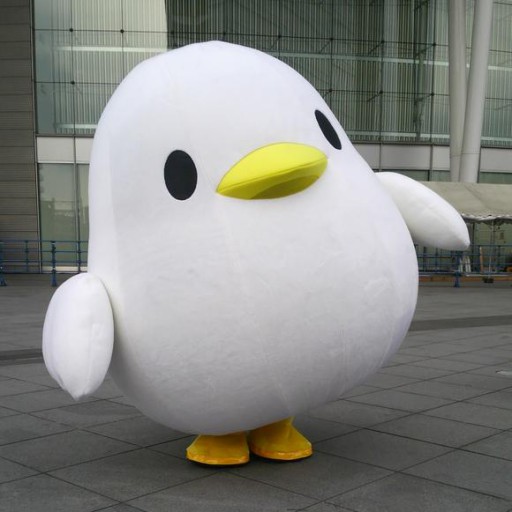
With the proper researches that i did, i had a few references artist in mind. Mainly they are Jackson Pollock, Peter Foucault, Sol LeWitt, a little bit of Andy Warhol and Alexander Cozens.
Lets start with Jackson Pollock! Unrestricted lines! Curves! Strength! Flow! Action!
My Take:
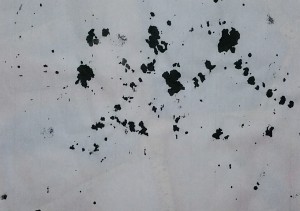
I remember one of his techniques was to use the Japanese paper, and making the ink seep through. Hence i increased the amount of ink used on the first sheet to create these. (i had 3 to four paper)
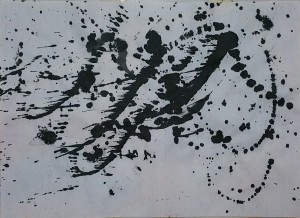
I really love this. The Energy that can be seem merely from these strokes. Powerful strokes (and splattered ink) in one direction
They are mainly created using Chinese rice paper, Copier Paper and with Chinese ink and Poster colour.
Monoprinting when i didnt have any reference artists in mind. Just doing whatever that came to mind.
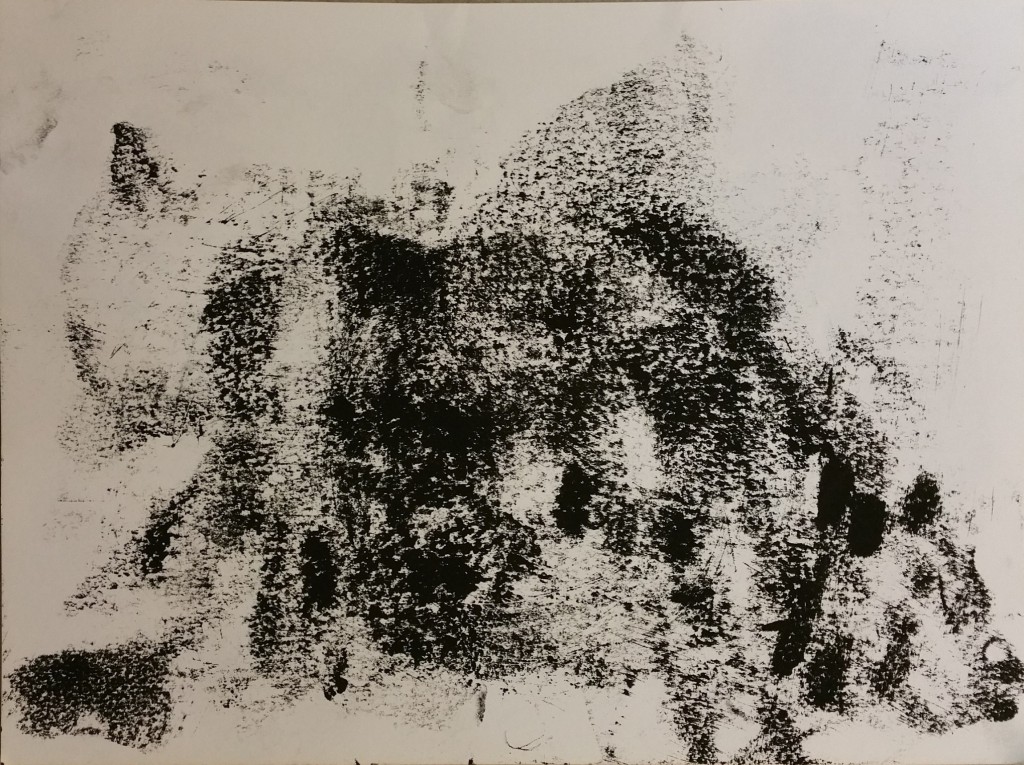
This was very interesting as this print is actually created by wiping the glass table with ink on it. As I realised that it actually creates interesting visual texture, i decided to swirl it to create a sense of direction/movement

With the link on the table(again) i decided to dilute it with water at certain areas and added some paint. I also used the spray bottle(sprayed on table) before gently pressing my paper on top
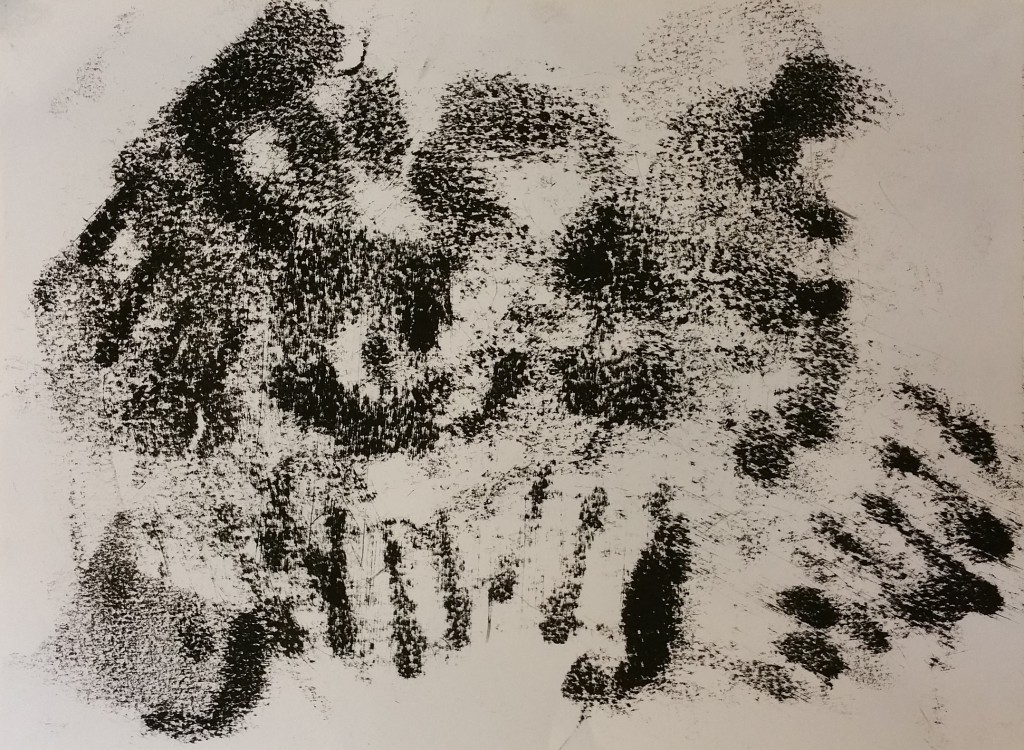
Another attempt at table wiping, those strong lines at the end are actually…… (fingers)
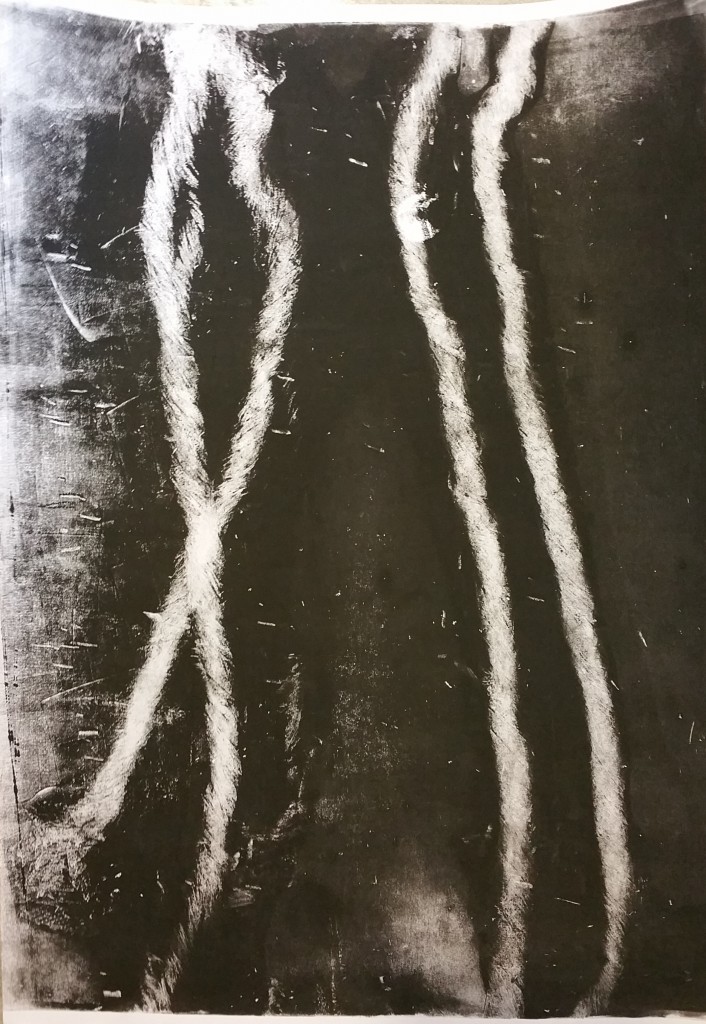
This idea was actually created by twisting and twirling kitchen towels and pressing them using the machine (inspired by Lipeng’s prints). I really like the mini textured lines that was printed too. And of course, i did not throw the kitchen towels away! They are valuable and they are printed with ink too!

I used the roller and pressed some ink on one side of the paper. Was thinking of trying out Rorschach Technique, folded the paper into half and this was what it created. It didnt have the same value because the ink has already been half dried? I suppose i will need a wet ink to create that
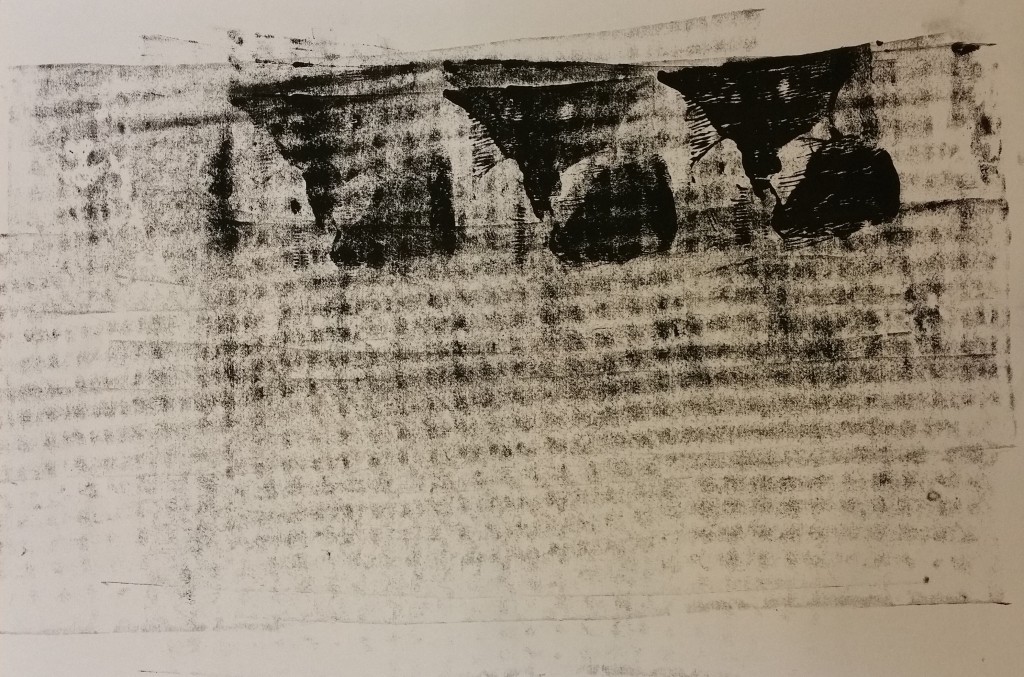
usually we will only think of using pencil with brass rubbing techinique, however i had this checkered cloth, and was wondering if it will work with ink too? And indeed it did!
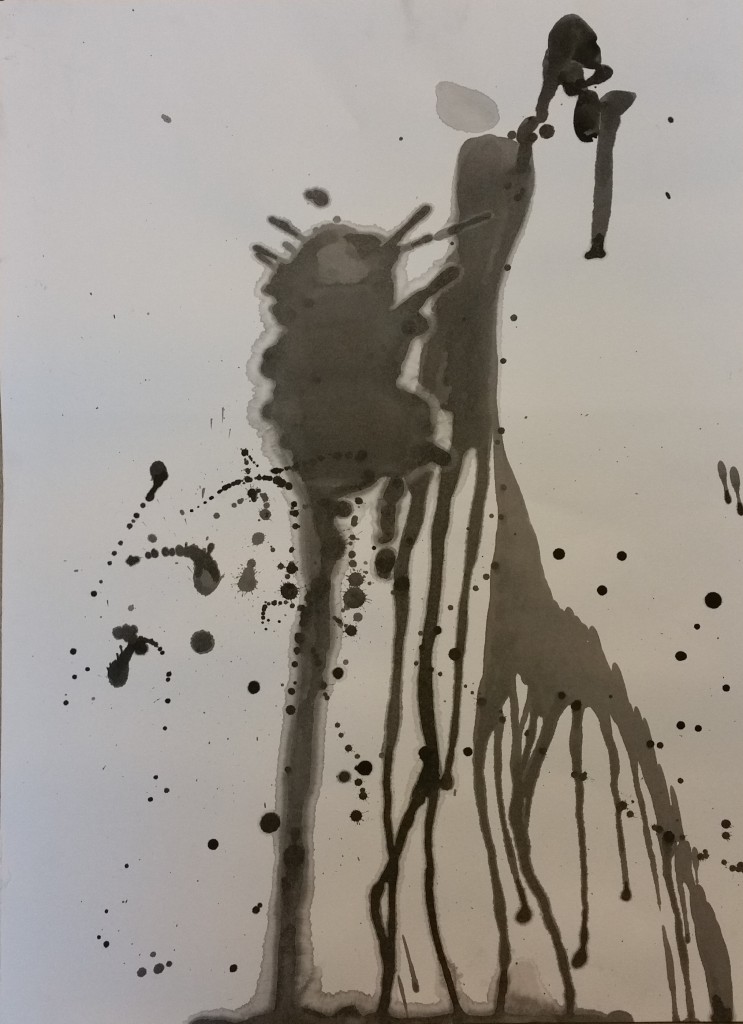
SPLATTER!! and letting ink drip. One of the more natural way to see how ink flows~ It kinda look like a giraffe with a tree isnt it ww
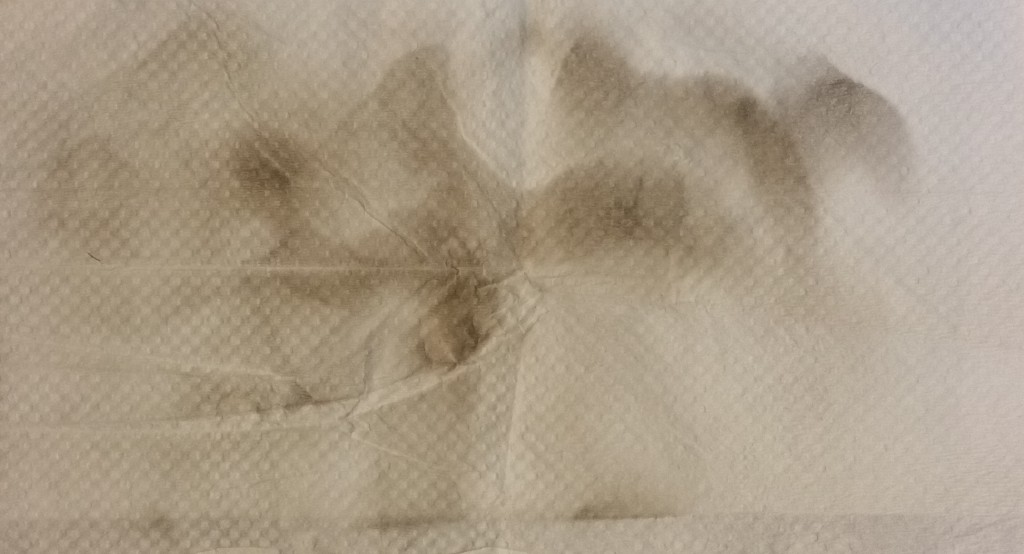
FUMAGE ON PAPER TOWEL! it was easier to get marks on here..maybe because its thinner? however it is easier to “brown” the surface too
This is a gallery of automated techniques and monoprints that i did earlier! As they are all in A3 size, i wont be able to put much of the original prints in my sketchbook and it would be a waste to not document these.
One of the artist that impresses me the more i know about him is Jackson Pollock.
These are the works that i really like from Jackson Pollock. The depth and the movement that can be seen from these random lines. I will definitely try this.
Other than the very dense pieces like above, these were a series that caught my attention too! Its not very complicated but with this limited amount of strokes and splashes, the effect and emotion that is created is very impactful.
While reading the interviews found in “Jackson Pollock Works|Writing|Interviews”, i found something very useful.
The sentence he said that hit me really hard.And something that i feel that we should consider about.
Info from these 2 wonderful books:
-No Limits, Just Edges: Jackson Pollock Paintings on Paper organised by Susan Davidson
-Jackson Pollock Works|Writings|Interviews by Nancy Jachec
p.s. The featured image is a lovely photo of Jackson Pollock and his wife(Lea Krasner) in his studio.
I realised that while researching artists on the internet is useful, with so many information around, i wasn’t able to get anywhere far with it. Hence, since we have the wonderful resources right at our doorstep, i made a trip down to the library to search for some books in the artists.
Sol LeWitt
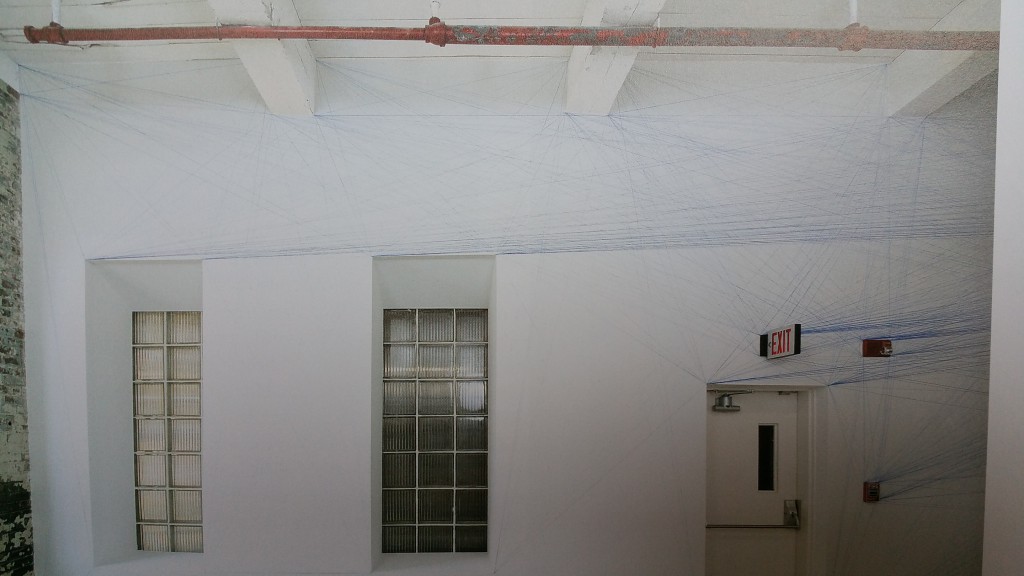
LOOK AT HOW THE LINES ARE FORMED! i really like the density variation of the lines at different places
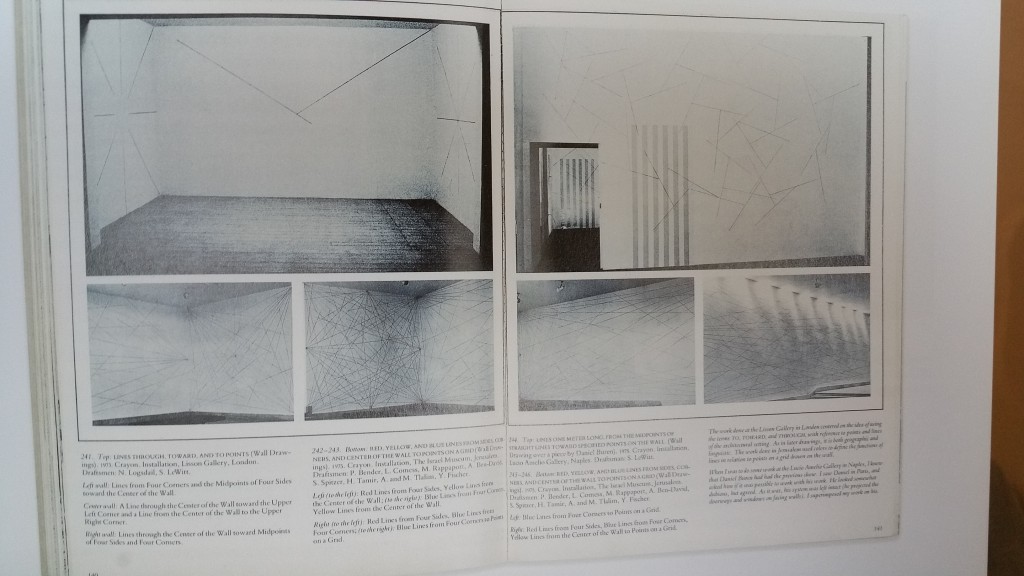
╚(•⌂•)╝MORE ARTISTS RESEARCH AND EXPERIMENT TO COME! ╚(•⌂•)╝